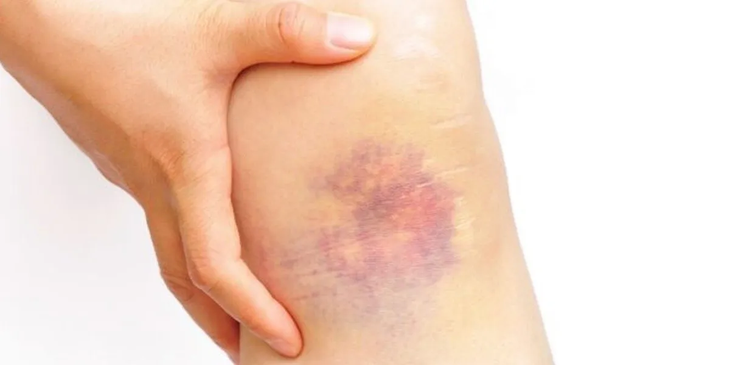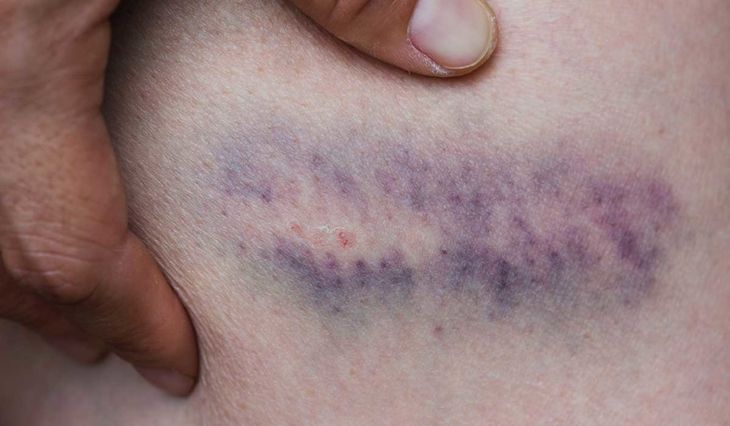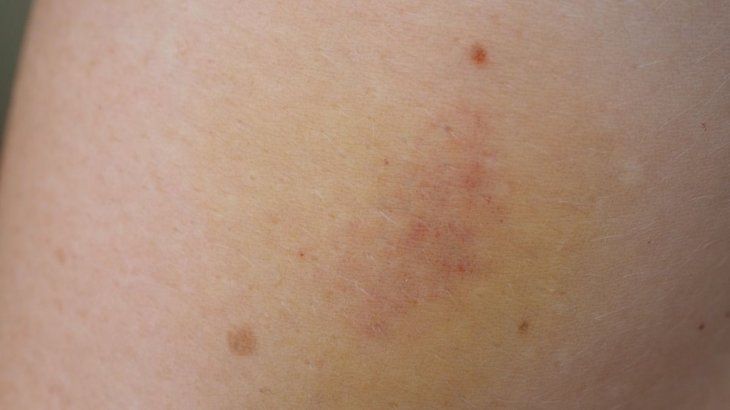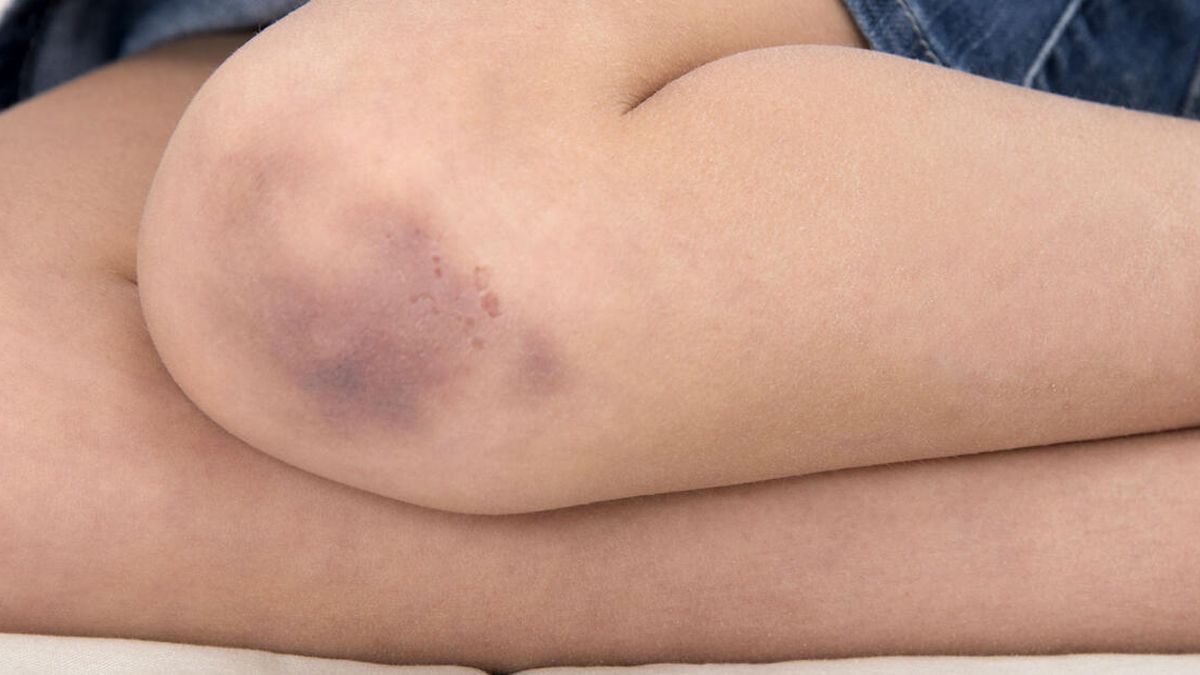Bruises are a common physical symptom whose causes can be varied and do not depend on a specific blow.
The bruises They are commonly associated with hits either injuries. However, for many people, the surprise comes when they notice bruises without remembering having suffered a trauma evident.
The content you want to access is exclusive to subscribers.
The bruises They originate when blood vessels Under the skin, known as capillaries, they break and blood leaks into the surrounding tissues. The fragility of these capillaries can increase with age, making them more likely to break even with minimal trauma or without apparent cause. We leave a list with the most common reasons why bruises can arise without a blow.


bruises.webp

In the first few hours after the injury, applying ice can help reduce swelling and minimize the extent of the bruise.
Why do I get bruises if I didn’t hit myself?
One of the most common causes of this phenomenon is agingsince as the years go by, the skin and tissues can become more thin and lose elasticity. This makes blood vessels more susceptible to damage, increasing the likelihood of developing bruises with less trauma.
Inherited bleeding disorders can result in spontaneous bruising. In these cases, Excessive bleeding or a lack of platelets can trigger bruising no apparent injuries.
The use of certain medications anticoagulantsas the aspirin or oral anticoagulants, may increase the susceptibility to bruising. These drugs affect the blood’s ability to clot, making small traumas more easily translate into visible bruises.
Lack of key vitamins, such as vitamin C and the vitamin Kcan weaken blood vessels and contribute to the formation of bruises.
Shoulder pain.webp

They can trigger muscle pain.
What does the color of the bruises mean?
Through different colors, our body provides valuable information about the healing process and its response to trauma.
- Dark purple: When a bruise It is recent, it usually has a different color dark purple. This is due to the accumulation of newly filtered blood in the tissues. At this stage, the body is actively working to stop bleeding and repair damaged blood vessels.
- Purple or Blue: As the bruise ages, the color may change to lighter shades of purple or blue. This indicates that the blood is being broken down and biliverdin, a breakdown product of hemoglobin, is being formed. The presence of these tones reveals that the healing process is underway.
bruises 2.jpg

- Green: Over time, the bruise may take on a greenish hue. This is due to the conversion of biliverdin into bilirubin, indicating that inflammation is decreasing and the body continues to eliminate accumulated blood waste.
- Yellow or Brown: In the final stages of healing, the bruise may turn yellow or brown. This signals the complete reabsorption of the broken down blood products. and restoring the skin to its normal state.
bruises 1200.jpg

As the days go by they disappear from our skin.
How to avoid bruises
- Maintain a nutritious and balanced diet.
- Avoid excessive use of anticoagulant medications without medical supervision.
- Protect the skin from unnecessary injuries and trauma.
- Consult a health professional if bruising is recurring or concerning.
Source: Ambito
I am an author and journalist who has worked in the entertainment industry for over a decade. I currently work as a news editor at a major news website, and my focus is on covering the latest trends in entertainment. I also write occasional pieces for other outlets, and have authored two books about the entertainment industry.




